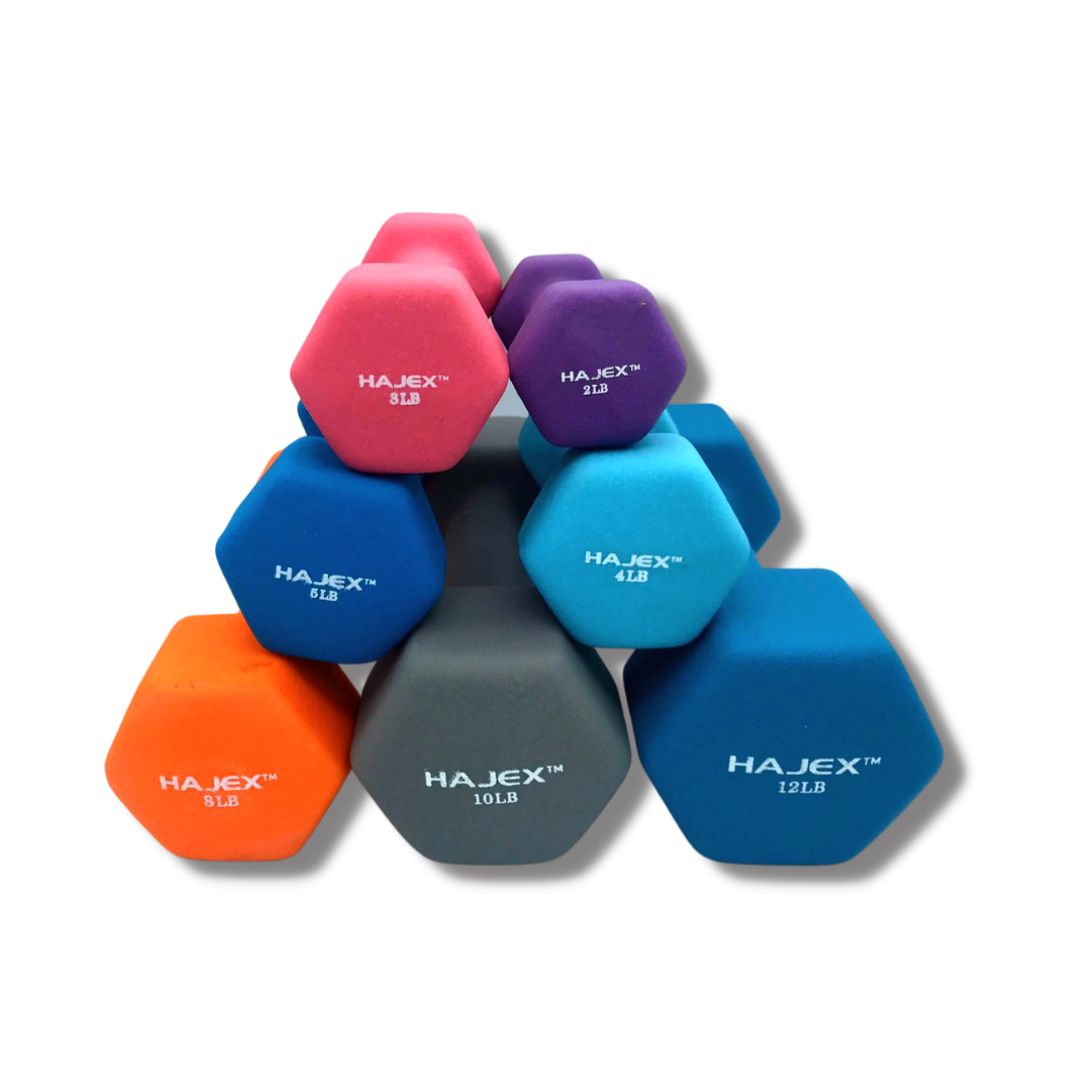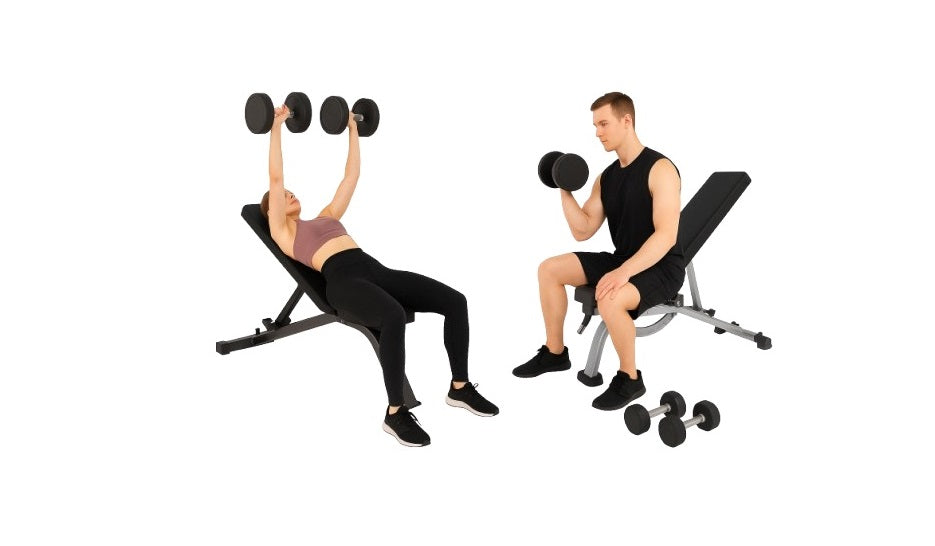rInclusive Wellness: Fitness Program for Diverse Abilities
In today's diverse and dynamic society, the importance of inclusivity cannot be overstated, especially when it comes to health and fitness. An inclusive fitness program goes beyond the traditional one-size-fits-all approach, recognizing and embracing the unique needs and abilities of individuals from various backgrounds and abilities. In this article, we will delve into the concept of an inclusive fitness program, exploring its significance and providing insights on how to design a holistic approach that caters to the diverse needs of all participants.
Understanding Inclusive Fitness:
Inclusive fitness refers to a program that accommodates individuals of all ages, fitness levels, and abilities, fostering an environment where everyone feels welcome and supported in their health and wellness journey. This approach recognizes that the conventional fitness model may not cater to the diverse needs of a community, leading to exclusion and discouragement for certain individuals.
The Significance of Inclusivity:
- Physical and Mental Well-being: Inclusive fitness programs promote physical and mental well-being by providing a supportive environment for individuals to engage in physical activities. This inclusivity can positively impact mental health, self-esteem, and overall life satisfaction.
- Community Building: An inclusive fitness program fosters a sense of community by bringing people together with a common goal – improving their health. This community aspect can create a supportive network, encouraging participants to stay committed to their fitness journey.
- Breaking Barriers: Traditional fitness programs often have barriers that prevent some individuals from participating. Inclusivity breaks down these barriers, making fitness accessible to people of all abilities, sizes, and backgrounds.
Designing an Inclusive Fitness Program:
- Assessment and Individualized Plans: Begin by conducting thorough assessments of participants' abilities, limitations, and goals. Design individualized fitness plans that cater to their unique needs, ensuring a personalized and effective approach to health and wellness.
- Diverse Exercise Options: Incorporate a wide range of exercises that accommodate different fitness levels and abilities. This may include modified movements, adaptive equipment, and varied intensity levels to ensure that everyone can participate and progress at their own pace.
- Qualified and Inclusive Staff: Ensure that your fitness program is staffed by knowledgeable and inclusive trainers who understand the diverse needs of participants. Training staff on inclusivity and sensitivity can create a welcoming environment for everyone.
- Accessible Facilities: Make sure that your fitness facilities are accessible to individuals with mobility challenges. This includes providing ramps, accessible restrooms, and equipment modifications to ensure that everyone can participate comfortably.
- Cultural Competence: Consider the cultural diversity of your community and tailor your program to be culturally competent. This may involve incorporating diverse exercise traditions, understanding dietary preferences, and creating an environment that respects and celebrates cultural differences.
Conclusion:
An inclusive fitness program is not just a trend; it's a fundamental shift towards a more compassionate and understanding approach to health and wellness. By embracing diversity and designing programs that cater to the unique needs of all participants, we can create a fitness community that uplifts and empowers individuals on their journey to better health. Inclusivity in fitness is not only about breaking physical barriers but also about fostering a sense of belonging and support for everyone, regardless of their background or ability
 WEIGHT PLATES
WEIGHT PLATES
 Cast Iron Olympic Plates
Cast Iron Olympic Plates
 Olympic Rubber Weight Plates
Olympic Rubber Weight Plates
 PVC Weight Plates
PVC Weight Plates
 DUMBBELLS
DUMBBELLS
 Rubber Hex Dumbbells
Rubber Hex Dumbbells
 Cast Iron Adjustable Dumbbells
Cast Iron Adjustable Dumbbells
 Round Head Dumbbells
Round Head Dumbbells
 Neoprene Dumbbells
Neoprene Dumbbells
 BENCHES
BENCHES
 CARDIO
CARDIO
 BARBELL BARS
BARBELL BARS
 Home Gym Deals
Home Gym Deals
 Olympic Bumper Plates
Olympic Bumper Plates
 Tri Grip Plates
Tri Grip Plates
 Weight Plates Combo
Weight Plates Combo
 Olympic Steel Hub Bumper Plates
Olympic Steel Hub Bumper Plates
 PVC Dumbbells
PVC Dumbbells
 NUO Style Adjustable Dumbbells
NUO Style Adjustable Dumbbells
 Olympic Barbells 2"
Olympic Barbells 2"
 Standard Barbells 1"
Standard Barbells 1"
 Fixed Weight Bars
Fixed Weight Bars
 Benches with Pulley & Rack
Benches with Pulley & Rack
 CARDIO
CARDIO
 Foldable Walking Pads
Foldable Walking Pads
 Exercise Bikes
Exercise Bikes
 RACKS, CAGES & SMITHS
RACKS, CAGES & SMITHS
 Smith Machines
Smith Machines
 Power Racks
Power Racks
 Squat Racks
Squat Racks
 STORAGE RACKS
STORAGE RACKS
 Dumbbell & Kettlebell Racks
Dumbbell & Kettlebell Racks
 Mini Dumbbell Racks
Mini Dumbbell Racks
 Adjusatble Dumbbell Stands
Adjusatble Dumbbell Stands
 MORE
MORE
 Kettlebells
Kettlebells
 Adjustable Kettlebells - Single & Pair
Adjustable Kettlebells - Single & Pair
 Floor Mats
Floor Mats
 Yoga
Yoga
 Push Up
Push Up
 Resistance Bands
Resistance Bands
 Barbell Pads
Barbell Pads
 Dumbbell Handles
Dumbbell Handles
 Jump Ropes
Jump Ropes












































